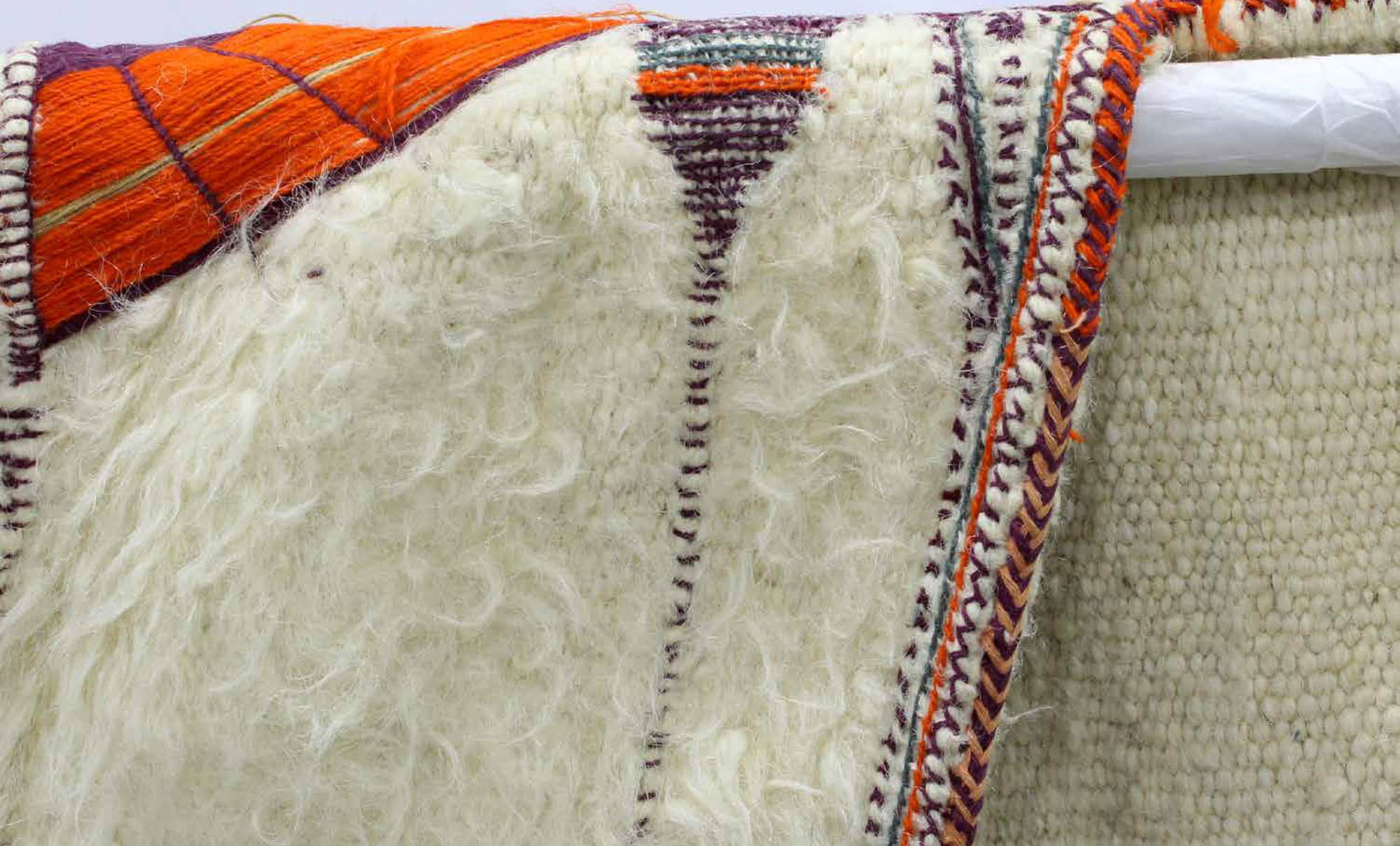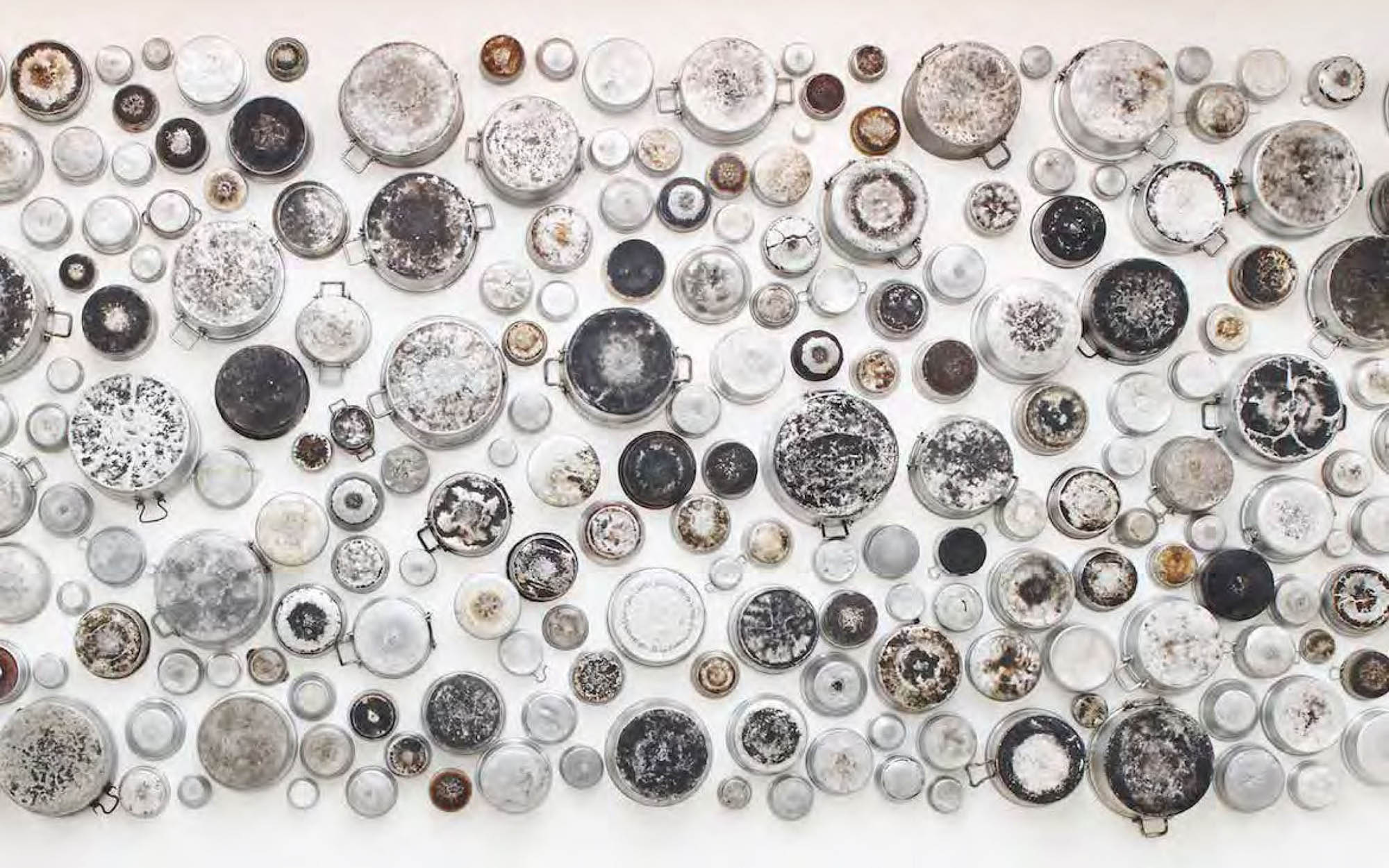This capacious coat is very heavy, and serves the shepherd or traveller as a blanket or bed roll especially during cold nights. Usually, the outer layer is made of tightly woven woolen or cotton textile. They usually use at least two colors
which are divided by braid work like black and dark blue trimmed by black threads. Nowadays Farwahs have many colors and are very popular and high demand during the cold weather, and for camping season by both men and women.

This short version of a Bisht is worn in central Arabia. It is made out of sheep wool with loose camel hair woven in and brushed downwards. The front decoration consists of colored embroidery worked mostly in couching stitch, with the armholes, shoulder line and back also embroidered. The sleeves are finished off with braided and wrapped tassels.
This coat was named Bedi after Beda valley where it was first produced. The significant geometrical embroidery made out of orange or red wool woven threads, in contrast to Bedi color —either camel color or black— gives it a timeless elegancy and a very fashionable look. Today it can be worn by both women and men.

Bedi.
When you look closely at the details of the design you will feel it was designed by a couture designer. The details of each Saudi costume was designed not just to fulfill one's daily needs but also to bring joy to a tough everyday life. This is exactly what international designers these days look for.
Today we celebrate the stylish art of travel, whether across the desert, or along the mountains, while wearing rich Saudi outfits that we are proud of as colorful ambassadors of our diverse culture.
Written by Special Contributor Somaya Badr, CEO of Art of Heritage and Art of Heritage Cultural Trust.


